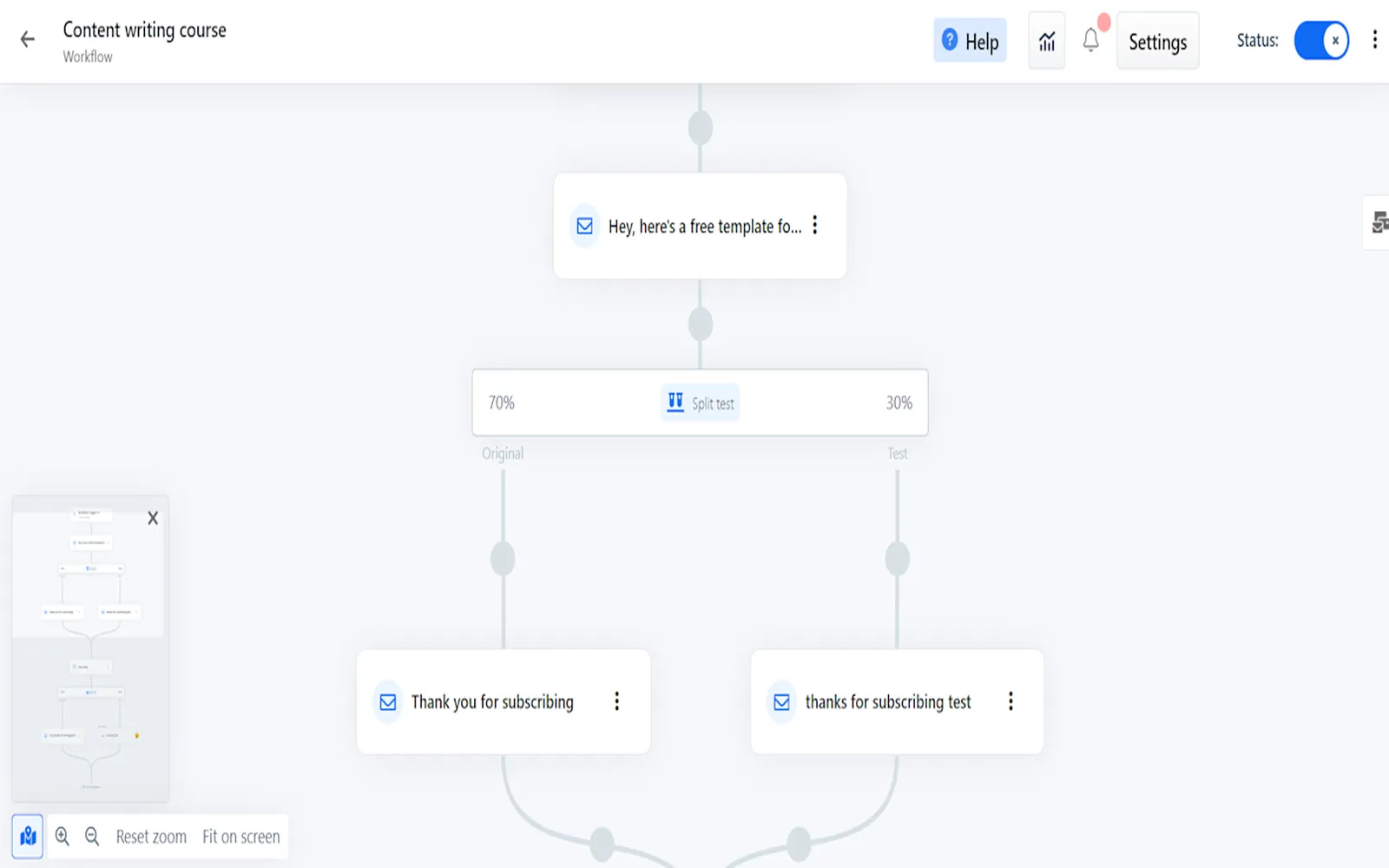Understanding ConvertKit (Kit) and ClickFunnels
In the ever-evolving landscape of digital marketing, choosing the right tools can significantly impact your success. Two prominent platforms often compared are ConvertKit (now known as Kit) and ClickFunnels. Both tools cater to different aspects of online marketing, and understanding their features, strengths, and weaknesses can help you make an informed decision.
Feature Comparison
When deciding between ConvertKit and ClickFunnels, it's essential to analyze their core features. Below is a comparison chart that highlights the key functionalities of each platform:
| Feature | ConvertKit (Kit) | ClickFunnels |
|---|---|---|
| Email Marketing | Advanced email automation and segmentation | Basic email capabilities with funnel integration |
| Landing Pages | Simple landing page creation | Robust landing page builder with templates |
| Sales Funnels | Limited funnel capabilities | Comprehensive sales funnel creation |
| Integrations | Integrates with numerous tools and platforms | Built-in integrations for upsells and down sells |
| User Interface | User-friendly, designed for creators | More complex, designed for marketers |
Email Marketing Capabilities
ConvertKit is renowned for its email marketing prowess. It offers advanced automation options that allow users to create sophisticated email sequences based on user behavior. This makes it ideal for bloggers and content creators who want to engage their audience effectively. The platform's segmentation features enable marketers to target specific audiences, ensuring higher engagement rates.
On the other hand, ClickFunnels provides basic email functionalities but primarily focuses on integrating email marketing into its sales funnel process. While it allows users to send emails, it lacks the depth of automation and segmentation that ConvertKit offers. If your primary goal is to build a robust email list and engage with your subscribers, ConvertKit is the better choice.
Landing Pages and Sales Funnels
Landing pages are crucial for capturing leads, and both tools offer different approaches. With ConvertKit, users can create simple landing pages that serve the purpose of collecting email addresses. However, the options are somewhat limited compared to ClickFunnels.
ClickFunnels excels in creating highly optimized landing pages as part of a comprehensive sales funnel. It provides a wide range of customizable templates and drag-and-drop functionality, making it easy to design visually appealing pages that convert visitors into customers. If your strategy revolves around creating sales funnels and driving conversions, ClickFunnels is your best bet.
Pricing Structure
Pricing is a critical factor when choosing between ConvertKit and ClickFunnels. Here’s a brief overview of their pricing plans:
| Platform | Starting Price | Free Trial |
|---|---|---|
| ConvertKit (Kit) | $15/month (up to 300 subscribers) | Free plan available |
| ClickFunnels | $147/month (Basic plan) | No free trial |
ConvertKit offers a more cost-effective solution for those just starting with email marketing. Its free plan allows users to get accustomed to the platform without any financial commitment. In contrast, ClickFunnels' pricing is higher, but it includes extensive features for managing sales funnels and landing pages.
Integrations and Ecosystem
Both platforms support various integrations, but their approaches differ. ConvertKit integrates seamlessly with numerous third-party applications, allowing users to connect their existing tools easily. This flexibility is beneficial for users who want to maintain their current workflow while leveraging ConvertKit's email marketing capabilities.
ClickFunnels, however, is designed to be an all-in-one solution. It offers built-in integrations for upsells, down sells, and payment processing, making it a comprehensive choice for marketers focused on driving sales through funnels. However, this can lead to vendor lock-in, where users may feel compelled to stick with ClickFunnels for all their marketing needs.
Which One Should You Choose?
Ultimately, the decision between ConvertKit and ClickFunnels depends on your specific needs:
- If your primary focus is on building an email list and nurturing your audience with engaging content, ConvertKit is the ideal choice.
- If you're looking to create high-converting sales funnels with integrated marketing tools, ClickFunnels is the better option.
Consider your marketing strategy and objectives when making your choice. Both platforms have their strengths, and aligning them with your goals will help you achieve the best results in your online marketing efforts.
Conclusion
In conclusion, ConvertKit (Kit) and ClickFunnels serve distinct purposes in the realm of digital marketing. By weighing their features, pricing, and integration capabilities, you can make an informed decision that aligns with your business goals. Whether you prioritize email marketing or sales funnel creation, both platforms have something to offer for marketers in 2025 and beyond.





